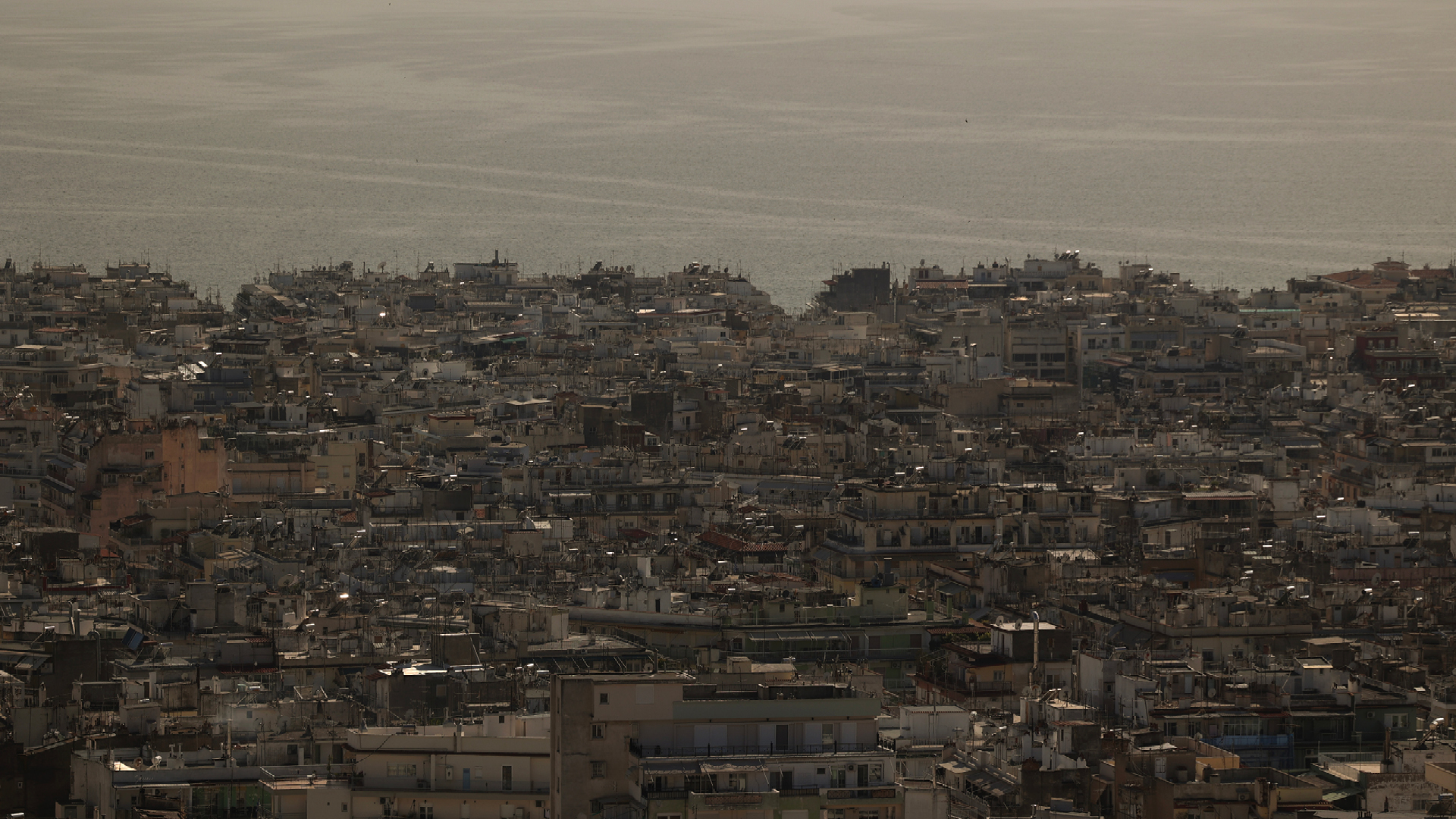Thessaloniki and Ioannina are two cities that share a common vision: to become climate-neutral and “smart” cities by 2030. They are among the 100 cities selected to participate in the European NetZeroCities initiative.
At the same time, both cities face a shared challenge—one that makes the goal of becoming Net Zero significantly more difficult at this point: air pollution, particularly from suspended particulate matter.
Thessaloniki has already been condemned by the European Court of Justice for systematically exceeding the daily limit for PM10 particles and for repeatedly failing to take the necessary measures. A formal action plan to address the issue is still pending.
In Ioannina, high concentrations of airborne particulates—combined with the area’s geomorphology—lead to the phenomenon of smog (known locally as aithalomichli) during the winter months.
This collaborative long form article aims to highlight the scale of the problem, as well as the specific characteristics of the two cities, using reliable, scientific data. It also seeks to emphasize the challenge these cities face on their path toward becoming NetZeroCities, while shedding light on the economic, social, and other dimensions of the issue.
The longform article was published in Greek in:
